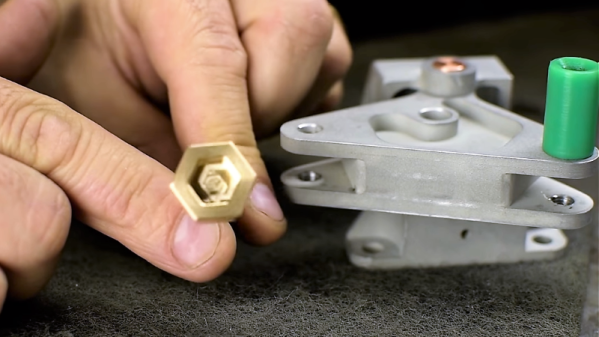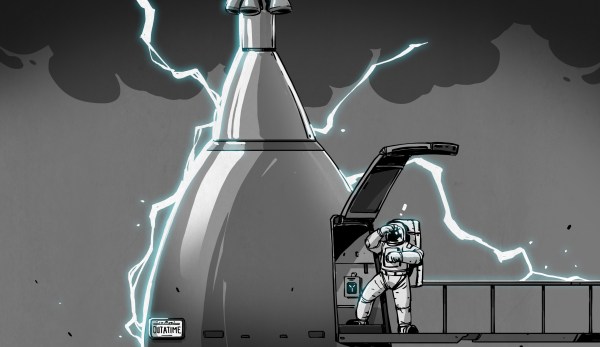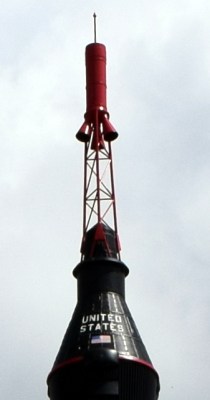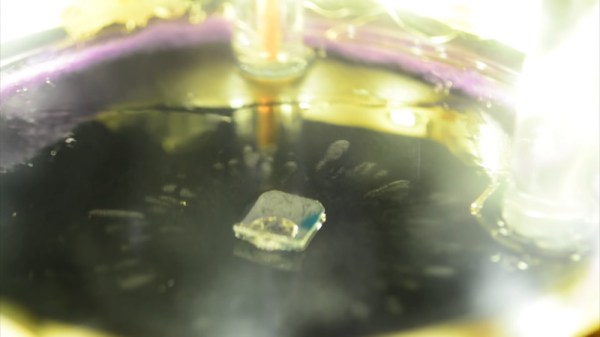The Bank of England has announced that the new face of the £50 note is to be Alan Turing. This news follows a round of public nominations for a scientist to fill the space, and Turing was in the running with some stiff competition from the likes of Stephen Hawking and Ada, Countess Lovelace.
 The fifty is not a note you’ll see very often even if you’re a Brit, it’s the one you’ll usually only come into contact with if you’ve bought a second-hand car, but the importance of this move goes beyond whether or not the note will be proffered at the bar for a foaming pint of mild ale. It’s not an honour that is handed out lightly, and it is particularly poignant in the case of Turing who despite his wartime codebreaking and genesis of the discipline of computer science was disgraced and pushed to suicide in the 1950s when he was discovered to be gay.
The fifty is not a note you’ll see very often even if you’re a Brit, it’s the one you’ll usually only come into contact with if you’ve bought a second-hand car, but the importance of this move goes beyond whether or not the note will be proffered at the bar for a foaming pint of mild ale. It’s not an honour that is handed out lightly, and it is particularly poignant in the case of Turing who despite his wartime codebreaking and genesis of the discipline of computer science was disgraced and pushed to suicide in the 1950s when he was discovered to be gay.
Will Hardware Pictured on the Bill Be as Famous as Turing Himself?
The bank has not yet set the engravers to work, but they have generated this mock-up that features alongside Turing himself a table from a Turing machine example superimposed on a picture of an early computer rack. We don’t think it’s EDSAC or Manchester Baby, it’s not a Bombe and it definitely shouldn’t be Colossus as he had little to do with it, but we are sure that among our readers will be someone who can provide a positive identification. We hope that whatever the final design may be, it does justice to Turing’s legacy.

















